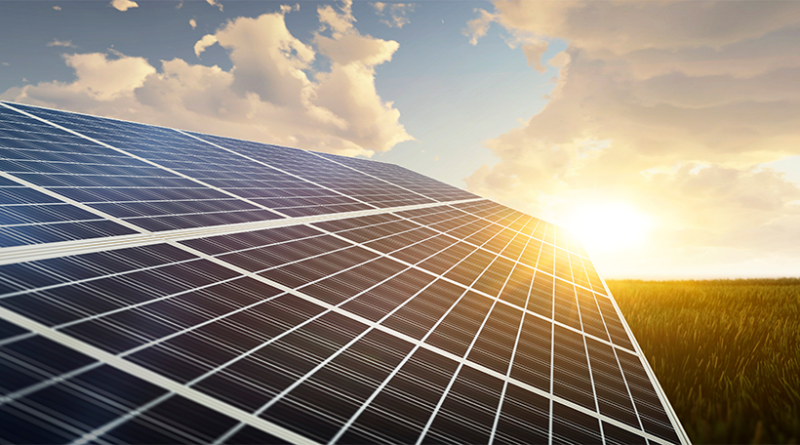New US Tariffs on Solar Panels from Southeast Asia Could Reshape the Clean Energy Landscape
The US is preparing to impose new tariffs on solar panel imports from Southeast Asia. These tariffs target countries like Malaysia, Vietnam, Thailand, and Cambodia, which have become key players in the global solar supply chain. The move stems from claims by US-based manufacturers, such as Hanwha Qcells and First Solar, who argue that Chinese companies operating in these countries benefit from unfair subsidies. This, they say, makes it difficult for domestic producers to compete in the US market.
The Struggle Against Cheaper Imports
Since 2012, the US solar industry has faced challenges due to cheaper imports, especially from China. When tariffs were first imposed on Chinese solar products, manufacturers shifted their production to Southeast Asia to circumvent these tariffs. This strategy allowed them to continue exporting to the US at lower prices.
US manufacturers now claim that Chinese firms operating in Southeast Asia are receiving subsidies such as cheap financing and tax breaks. This gives them an unfair advantage, further pushing domestic manufacturers out of the market. Countries like Malaysia, Vietnam, Thailand, and Cambodia currently supply over 75 percent of the solar panels imported into the US, making the reliance on foreign panels a critical issue for US policymakers.
How the New US Tariffs Work
The proposed tariffs are countervailing duties, designed to offset subsidies that foreign governments provide to manufacturers. This move marks a shift in US trade policy, as it targets cross-border subsidies for the first time. In this case, it refers to Chinese government support for firms operating in Southeast Asia.
These duties are meant to level the playing field by raising the cost of importing subsidized solar panels into the US. However, with Southeast Asia responsible for such a large portion of US imports, these tariffs are expected to raise panel prices and slow down solar projects already underway. The solar industry in the US is deeply divided on this issue, with some seeing the tariffs as necessary, while others fear they will drive up costs and hurt clean energy goals.
US solar manufacturers like Hanwha Qcells and First Solar support the tariffs, arguing that they are vital for maintaining competitiveness in the domestic market. However, solar developers and assemblers relying on cheaper imports worry about the potential cost increases. These companies, including major project developers like Invenergy, warn that higher prices could hinder the growth of renewable energy projects. Already, solar panels are more expensive in the US than in other parts of the world. Any further increase in prices could slow the rollout of new solar installations, which are central to the Biden administration’s goal of expanding renewable energy capacity by 2035.
Global Supply Chain Impacts
The new tariffs also add pressure to the global solar supply chain. Southeast Asian countries like Malaysia and Vietnam have been critical to global solar production, but some companies are already scaling back operations due to the looming tariffs. For instance, Longi Solar is reducing its production in these regions.
While some plants may shut down, others could survive by redirecting their exports to regions like India and Europe, which are not impacted by US tariffs. However, this fragmentation of the supply chain could lead to higher costs and more volatility, further complicating efforts to expand solar capacity in the US.
Looking ahead, the future of US solar tariffs remains uncertain. The US Commerce Department is still investigating anti-dumping practices, with preliminary results expected in November 2024. These tariffs, coupled with the investigation, signal a tougher stance on foreign competition. The Biden administration faces a delicate balance between supporting domestic manufacturing and ensuring that solar energy remains affordable and accessible.
Sources:
